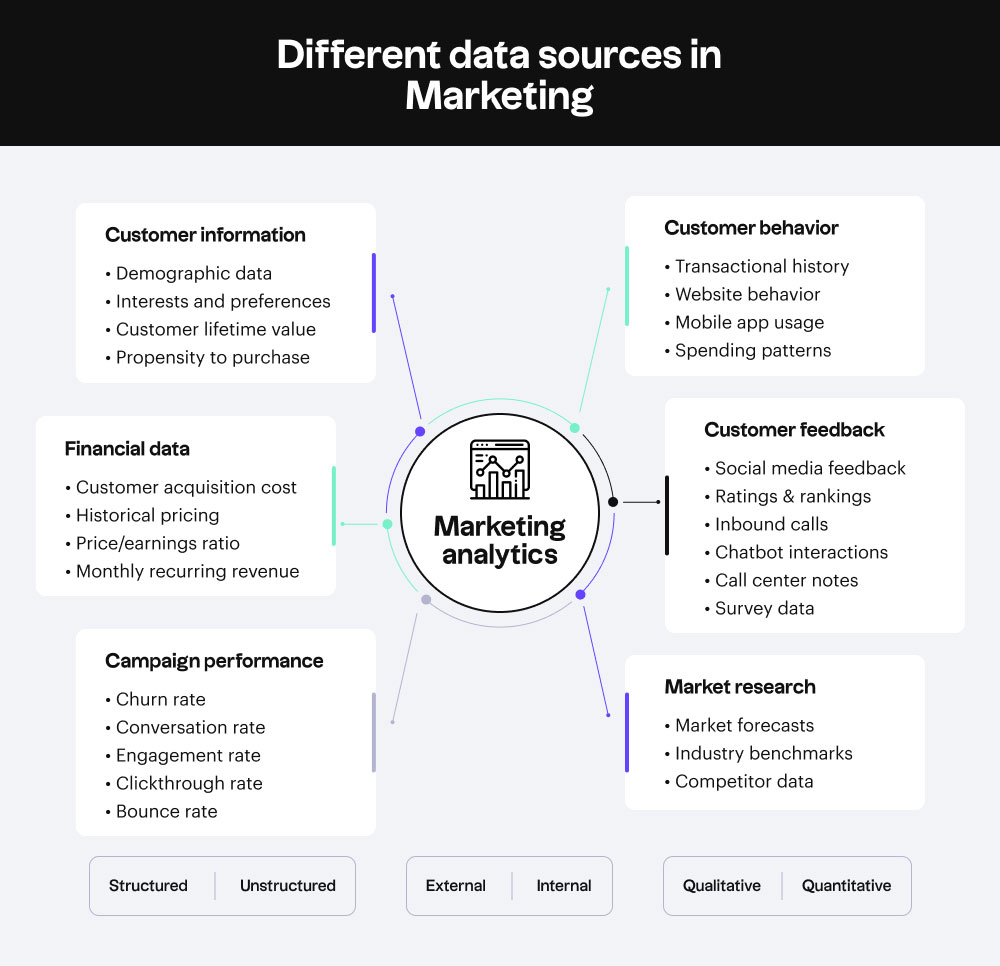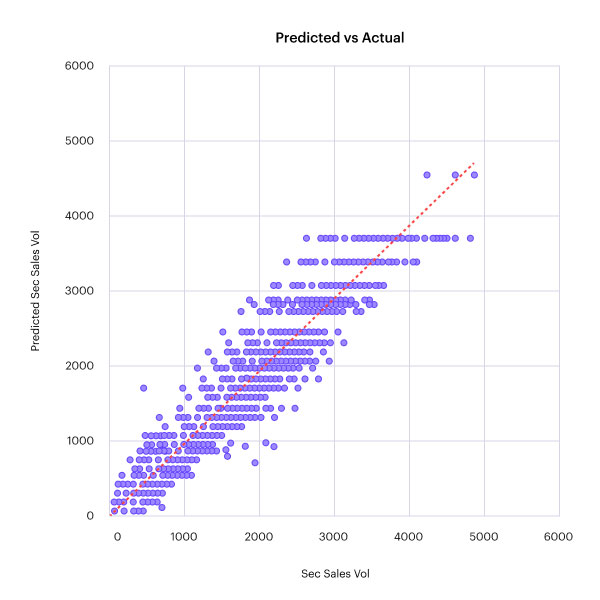
Gone are the days when marketers can simply claim that they have the leading product or service in the industry and then just hope for the best.
Today, the effectiveness of marketing is maximized by focusing on the customer—planning around them, addressing their needs, and making them feel valued and heard. And incorporating data analytics in marketing is one way that businesses can discover insights into their preferences and trends to improve the customer experience.
In a world where there are a lot of best t-shirt brands, best sandwiches, and best accounting software, customers need to know that what they’re buying or signing up for is more than just the best—the product or service must also provide the solution that they’re looking for in the most convenient way.
This is why businesses need to make the shift from being company-focused to becoming customer-focused. Joe Chernov puts it simply: “Good marketing makes the company look smart. Great marketing makes the customer feel smart”.
Why is Data Analytics important in marketing?
In order to address your customers’ needs, you must first understand who they are, what they’re interested in, and what relevant problems they’re facing. But how does one get a hold of this information?
This is where data and analytics come in.
Marketers often deal with a large number of data on a regular basis: customer profiles, sales history, interactions, industry trends, and more.
This is a goldmine of information that when uncovered, can lead to a wealth of insight and patterns for better decision making. Predicting customer behavior can help improve processes and strategies, examining web analytics in marketing can help inform effective design or revise a strategy, and understanding channel effectiveness can help identify the most optimal media placements for customers.

To make sense of all the data available, you should turn to AI-powered intelligence: descriptive analytics to answer the question “What has happened?”, diagnostic analytics to answer “Why did it happen”, predictive analytics to answer “What will happen?”, and prescriptive analytics to answer “What should we do?”.
By getting answers to all these questions, businesses can get a deeper insight into every component of the marketing funnel. Armed with this knowledge, you can confidently make strategic, data-driven decisions that can lead to business growth and customer delight.
How can Analytics be used in marketing?
Advanced marketing analytics can help professionals cater to and anticipate customer needs, send personalized marketing messages, and provide a delightful customer experience.
Let’s dive deeper into how marketers can make the most out of analytics in offline and digital marketing. These are just some of the many possibilities:
1. Profiling leads and customers
While marketing teams often reach out to specific markets with specific characteristics, it still helps to drill down into what exactly makes your prospects and customers distinct. Use clustering methods to create customer segments based on certain dimensions such as their interest, preference, or activity.
With clearly defined segments, you can understand your audience better and draw helpful conclusions that will further guide marketing strategies and initiatives.
Segmentation can also help you create highly targeted messages and develop campaigns that are tailored to customers’ needs. For example, you can perform a market basket analysis to provide personalized product recommendations in real time. This way, you can provide the right information to the right person at the right time—and capture their interest.
“Together, we can fuel an industry culture of joint innovation in which no risk is missed, and no opportunity is left behind.”
2. Increasing engagement
Effective marketing involves not only capturing the audience interest, but also sustaining it. As a marketer, you must keep prospects and customers engaged enough to take the desired course of action, whether that’s adding a product to their shopping cart, booking a free consultation, or even downloading a free e-book.
Aside from identifying your customer’s needs, leverage predictive analytics in marketing campaigns to anticipate their needs as well. By proactively designing campaigns or experiences around these predicted needs, you can expect a high level of engagement.
For example, when you notice that a substantial number of customers have stopped using your product or service, you can comb through historical data and utilize predictive models such as regression analysis to identify the factors that contribute the most to churn.
You’ll get visibility into your customers’ reason for leaving and have the capability to predict whether incoming prospects are likely to churn as well. All these insights will help you understand churn that’s specific to your business and what you can do to prevent it.
You can then add measures in place to reengage prospects where and when necessary, such as offering customized offers, relevant content, or relevant product recommendations.

3. Monitoring feedback
One of the best ways to understand and know your customers is to listen to them. Find out what they have to say about your product or service through a customer sentiment analysis.
Make sense of social media feedback, emails, customer service interactions, and any other messages from communication channels through text analytics, which leverages Natural Language Processing to convert text into levels of sentiments—from positive to negative.
With customer sentiments, you can determine what your audience feels or thinks about your brand on a regular basis, monitor feedback to new changes (like new features or location changes), and even identify potential brand advocates or influencers who can help with your marketing efforts.
Use all these insights to inform decision-making and make necessary changes in order to delight and maximize customer satisfaction.
How to get started
The marketing world isn’t new to data or analytics. In fact, research has shown that 70% of senior executives and professionals in the US consider sales and marketing data analytics as “very” or “extremely” important to their organization, with 52% heavily investing in the technology.
While businesses acknowledge the importance of analytics for marketing, two-thirds of executives say that they don’t have sufficiently trained staff to manage this capability. But imagine what they could achieve if they had access to a self-serve marketing analytics solution?
Enter Analance, an end-to-end enterprise analytics solution that lets you manage, visualize, and analyze data—all in a single platform. To learn how the platform can help you get insight for your toughest marketing questions, we are happy to conduct a demo for you.





